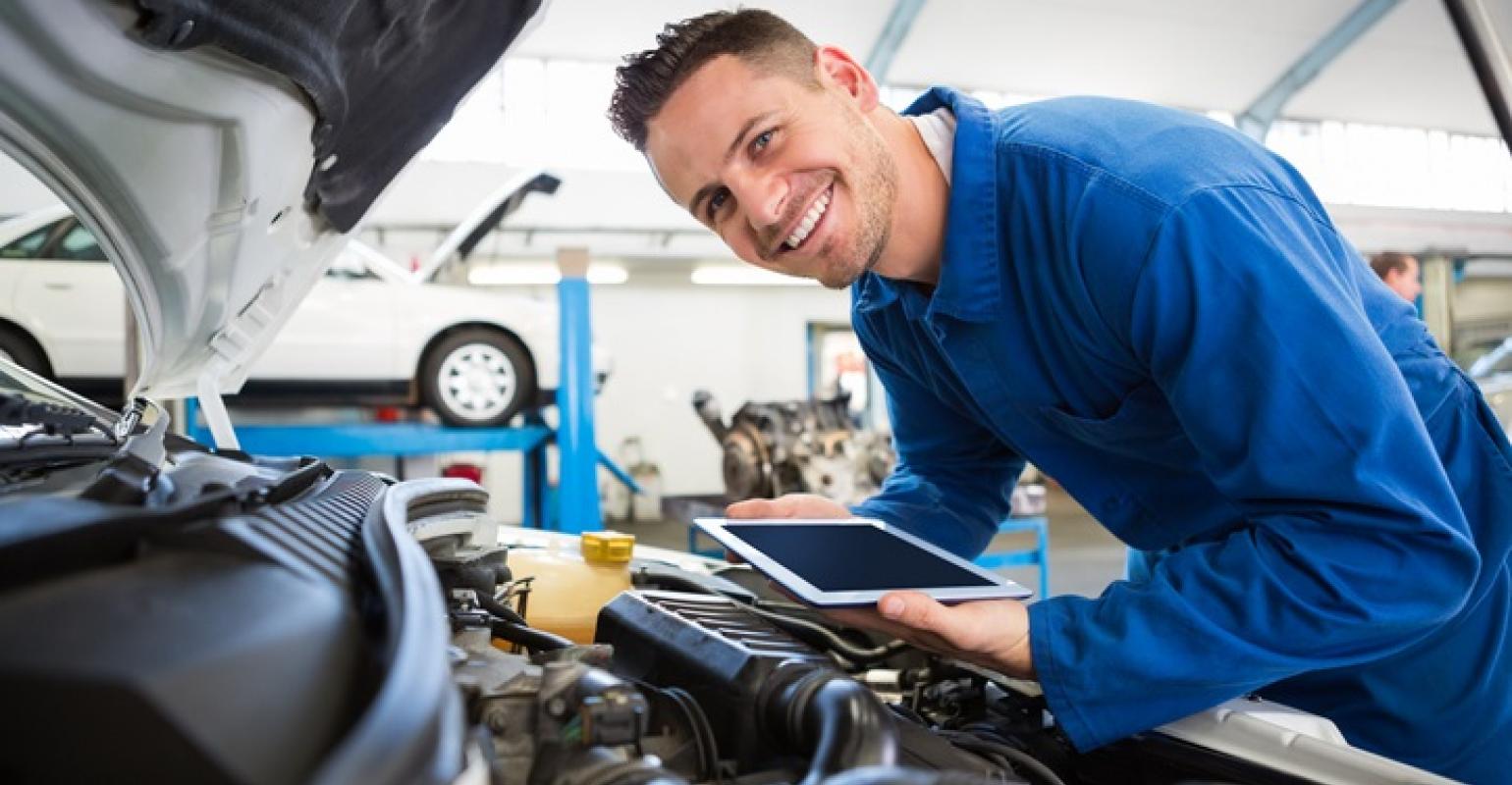It’s widely accepted knowledge that only 45 percent of customers remain loyal to their dealership’s service department within the first two years of vehicle ownership. Like any relationship, work is required to keep things fresh, growing, and long-term. The often-attributed quote of Theodore Roosevelt says, “People don’t care about how much you know until they know how much you care.”
Marketing is relational, so let’s look at some low-cost marketing tips that will help you care for and grow your relationship with current and future buyers.
Manage Your Service Reputation
You may know your CSI score, but do you know what people say about your service and parts department in social media? It’s all sunshine and rainbows when the new car is delivered, but the first service can make or break the relationship. If your online reputation isn’t star worthy, you need to quickly do something and get back into your current and future customers’ good graces.
Every “Hey Siri, where can I get my car serviced” returns a text box with the dealership name, location, and a star review rating. If that rating is low, then the consumer is probably moving on.
Star ratings and reviews are becoming extremely important. And 4-star and below may lose you sales – even to your current customers.
According to BrightLocal.com:
- 85% of consumers trust online reviews as much as personal recommendations
- 73% of consumers say positive reviews make them trust a local business more
- 97% read online reviews
Ask for their review.
60-70% of your customers will take the time to review you, even if it’s just a star rating. Respond proactively to both negative and positive reviews. 30% of customers said that a business that responds to reviews is a crucial component of how they judge the place. Work out the problems and see your rating increase.
Get better reviews by providing better relationships.
Do you listen to the customer, repeat the need back to them, and explain the recommended service’s value? Investigate the use of tools like Mention, Brand24, and even simple Google Alerts. Tools such as HootSuite can allow you to monitor all your current social channels and respond immediately while the others will pull up comments from areas that escape your notice. Related: Three-tier approach to long-term service department growth
Manage their Expectations
Relieve anxiety by showing a customer what to expect.
Use your dealership camera or an iPhone to film the process from a first-person perspective on something as simple as an oil change. From the time they will drive up to through getting into the lounge, you can manage their expectations. Quality isn’t a top priority here, but effort means a lot. Think YouTube and not Netflix.
Make that Service FAQ area into a video destination.
Explain every part of the service experience from the eye of the customer. For instance, what does a scheduled service include? Talk about current turnaround time based on parts availability and service department volume. What are the best days to visit? And if you know what your customer’s pain points are with your service, parts, and dealership, provide some video to address those concerns proactively.
The bottom line is video works. In Google’s study, “What the auto industry needs to know to close the sale after the sale,” comes this success story:
“Germain Toyota created 30-second videos targeting people on YouTube who were interested in auto parts and service content, and also owned specific vehicle brands.
With a limited budget, they drove more than 42,000 video impressions to drive awareness of their services, more than 10,000 of whom chose to watch our video in its entirety,” said Rich Newsome, General Manager of the Ohio-based dealership. “We only paid for those completed views, and we reached customers who were in-market for auto parts and services.”
Manage Your Relationship
Go above and beyond to satisfy your customer.
Since many dealerships have a smaller service staff than pre-COVID, delays can happen. Consider offering amenities like free oil changes, car detailing, and loaner vehicles to enhance customer satisfaction. A Cox Automotive study says that the most satisfied consumers spend 2.5 hours or less at the service dealer. And we know that satisfied consumers write glowing reviews. If there’s a problem with satisfaction, the cost of making it right is much smaller upfront. Marketing starts at the location.
Be proactive and ahead of the problems.
No one ever really plans for issues, especially when it comes to a newly purchased used or new car. And suppose it weren’t for check engine lights and oil service reminders. In that case, many customer cars might never come in until the vehicle stops working because of a significant issue or their significant other reminds them that the service light has been on for two months.
When this happens, your customer will go to the inbox and start looking for service coupons. And if you’re not regularly sending emails or texts to them, they won’t find them. And chances are they’ll either delay or look for the closest dealer that just may not be you.
If you haven’t already, get the calendar out and set up an email or text blast schedule based upon holiday travel, individual customer oil service schedules, school schedules, etc. Send out emails ahead of time and regularly. Regularity is where the concept of “reach and frequency” really works. If they don’t see you, then you don’t exist. And if you can have an incentive offer, your customer will appreciate you even more. Everyone likes a gift, no matter how small.
Direct your search ad budget to 60% mobile.
Google says, “Today, nearly 25% of all automotive searches are parts, services, and maintenance related.” While managing the interactive marketing at an OEM, I saw well over 50% of our traffic as mobile search since 2013. And it was even higher for dealers. If that check engine light comes on, the customer won’t wait until they get to their home desktop – they’ll use the phone. When issues with the car happen, it’s never when the car is in the garage, but people turn to search on the road, and they’ll do it on mobile-first.
If you’re not already sending emails ahead of time as you should be, Android and iOS will not see your emails in search and go directly to local Google or Siri search queries. Hopefully, they’ll see your paid search ads. If not, you may be missing out on an average 103% increase in scheduled service appointments.
We all like convenience because of our phones. If you’re missing out on that, you’re losing money and customers to someone else. Related: How Dealers Can Use Fixed Ops to Maximize Customer Lifetime Value
Start Now
All of the following is low cost and high impact, especially in the long term:
- Get a positive reputation
- Help people feel at ease when they’re with you
- Repeat daily
By getting a baseline on what your reputation is, locally, you can make a plan on how to take care of that. Your customer will appreciate humility and a keen desire to help make things right. It’s easy and inexpensive.
The challenging part is, as in any relationship, keeping the love going. If you think of what you would like and put others first, you’ll make the experience pleasing to them and give them reasons to value you, and not just transact with you, by loving them first. That’s an inexpensive way to add to your marketing plan because everyone wants to be cared for, especially your customers.
Did you enjoy this article from Steve Mitchell? Read other articles from him here.
Be sure to follow us on Facebook and Twitter to stay up to date or catch-up on all of our podcasts on demand.
While you’re here, don’t forget to subscribe to our email newsletter for all the latest auto industry news from CBT News.








